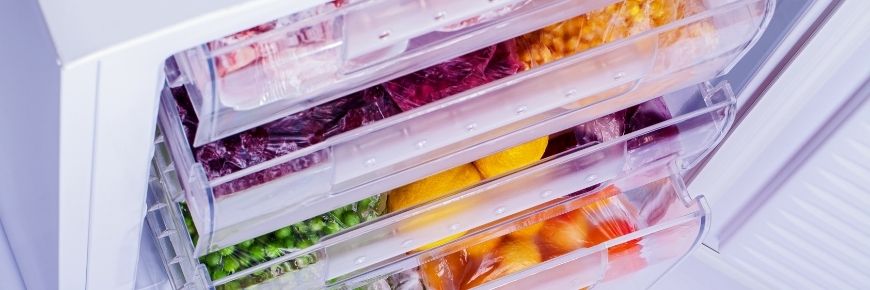With many Americans considering their safety, health, and well-being as of late, it’s not uncommon for them to stock their freezers with pre-made meals and recipe ingredients to eat later in the week or the following weeks. Despite what you might believe, there is a right and wrong way to freeze your food – and you could end up falling ill or sacrificing food out of carelessness if you ignore these vital pointers.
Freeze only fresh foods.
Contrary to what some people believe, freezing does not kill bacteria. You should not freeze food that is past its prime. The fresher the food is, the better results you’ll have when it is defrosted – and this applies to both individual ingredients, like pre-cut, raw vegetables, and fully prepared recipes. If you have food that does not seem safe after thawing, throw it out rather than risking a foodborne illness. The last thing you want is to fall ill from bad food that should have been tossed out months prior.
Remove any extra air bubbles.
Don’t you hate it when you defrost food, only to realize that the item has been badly freezer burned? Prevent this from happening with a bit of extra care. When wrapping or packing food for freezing, be sure to remove as much air as possible from the container or bag. Since air contains moisture, it can promote the formation of ice crystals that cause freezer burn. Use the smallest container possible to reduce the amount of air surrounding the food.
Don’t forget to add helpful labels.
Sure, at the moment you might assume that you’ll remember what each bag of food contains. It’s much more likely that you’ll forget, though, even if you have the memory of an elephant. Avoid the headache of figuring out what each bag contains and when it will go bad by adding labels to each storage bag or sealed container. Detail what the item is and the date it was frozen. From there, you can decide when to consume the food before it goes bad.
The Conley Apartments in Leander, Texas


